This website uses cookies so that we can provide you with the best user experience possible. Cookie information is stored in your browser and performs functions such as recognising you when you return to our website and helping our team to understand which sections of the website you find most interesting and useful.
World Bicycle Day: the best European city break destinations for cyclists
By Tempus | 31 May 2022 | Travel
Love exploring by bike but don’t like sharing the road with cars? Hop on two wheels to explore the most cycle-friendly cities on the continent
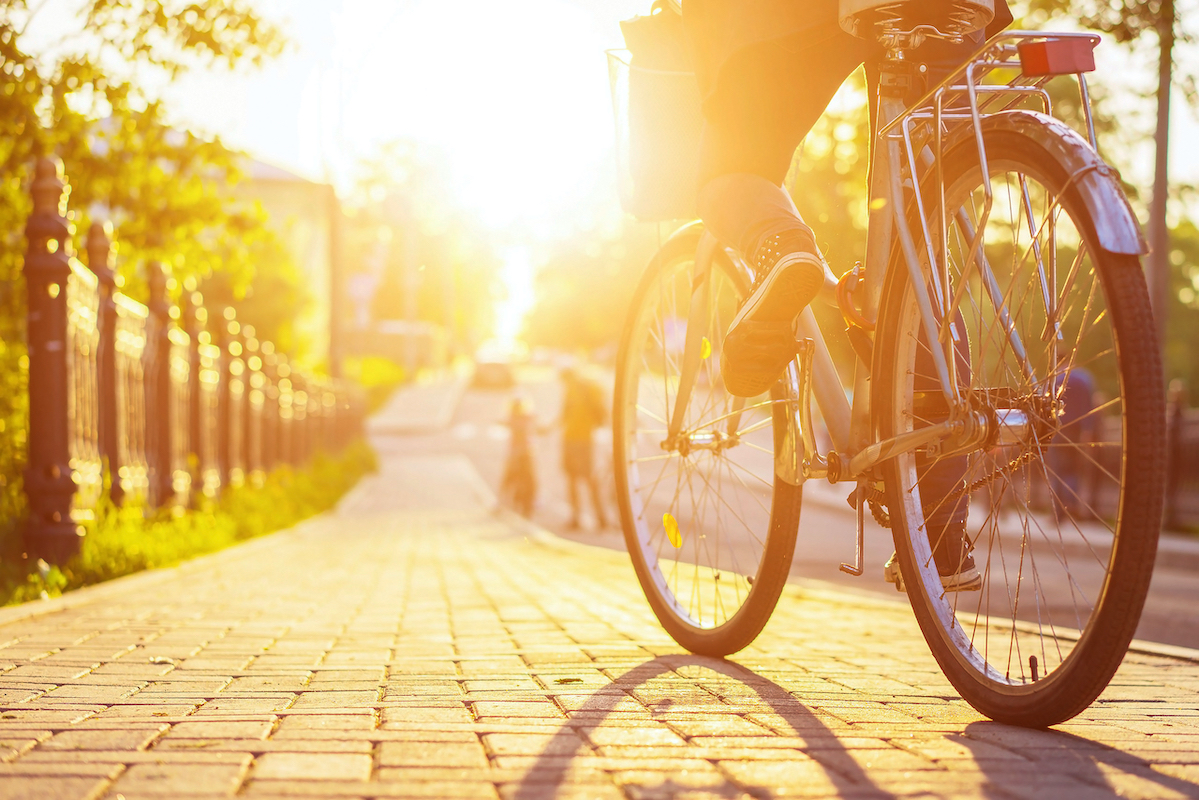
This week on 2 June, commuters, racers and cycling enthusiasts across the globe will celebrate World Bicycle Day, a commemoration of all things two-wheeled. Originally launched in 2018 by the United Nations General Assembly (yes, seriously), the day is dedicated to "acknowledging the uniqueness, longevity and versatility of the bicycle, which has been in use for two centuries, and that it is a simple, affordable, reliable, clean and environmentally fit sustainable means of transportation, fostering environmental stewardship and health".
And with so many Brits taking advantage of the double-bank-holiday Jubilee weekend by heading abroad, Leisure Lakes Bikes has revealed which European capital cities are the most accommodating for cyclists.
Cycling is not just a token of Amsterdam, and there are many other European capitals that are welcoming to the cycling community. Through looking at several factors, including air pollution, the number of cycle routes, mapped ways, and the number of bike share stations and the bicycles available, this index highlights the highest-ranking European capitals. Here are the top five.
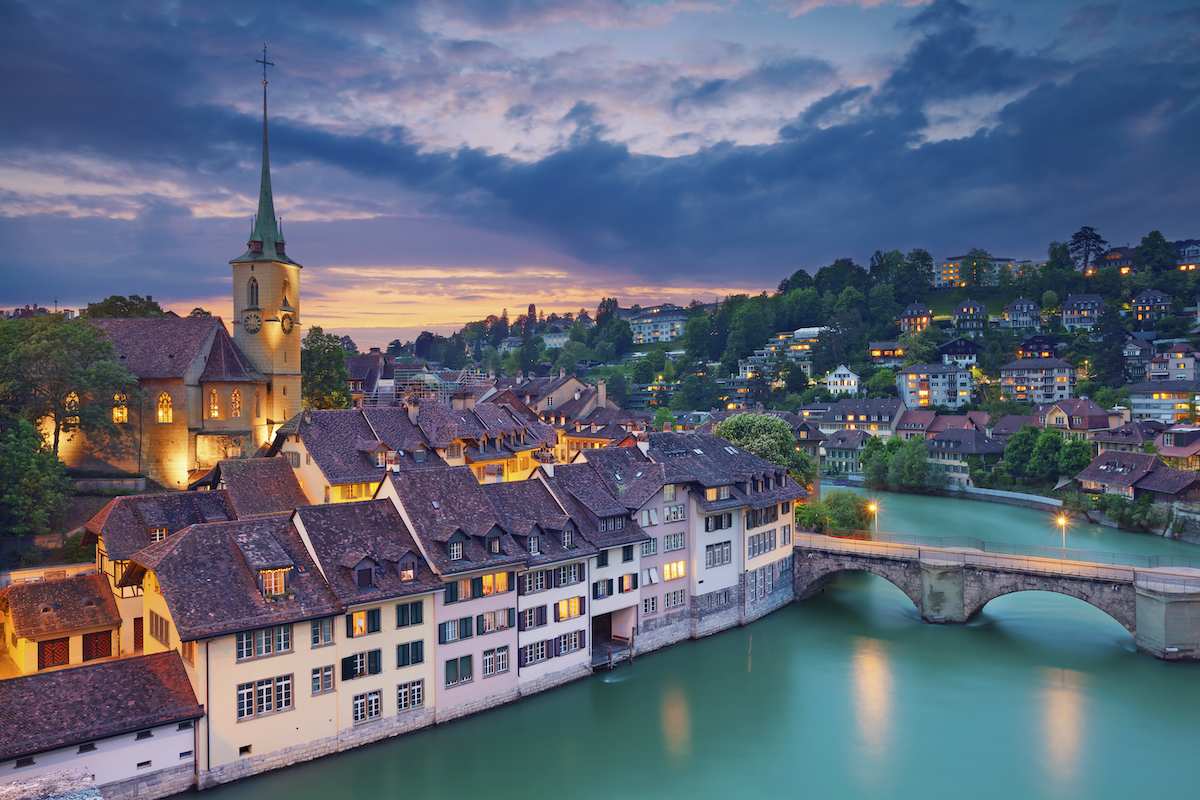
Bern, Switzerland
Bern is a definite winner with a total index of 86.82. Located in the heart of the Alps, Bern offers picturesque views, quaint countryside, and a well-developed infrastructure.
It’s no surprise that the locals’ favourite mode of transport is cycling, regardless of the weather conditions. Touring is also highly praised and well-accommodated within the area. There are a number of bike-friendly hotels geared up for cyclists and offering free tours, bike parking, and bike rentals.
A home to a rich collection of cycling routes, Bern is most cherished for its route called Wankdorf, which opened in 2016. The route serves as a role model for the development of the forthcoming routes because it features a separated cycle track and a green wave for cyclists riding at 20 km/h.
Bern ranks the highest on three separate factors: air pollution, number of bike share stations, and number of bike share bicycles available. There are 174.3 bike share stations per 100,000 people and 1,646.79 bicycles per 100,000 people.
Switzerland is one of the first members of the Climate and Clean Air Coalition (CCAC). In the span of the last 25 years, air quality has significantly improved in the country. That’s due to the implementation of ambitious clean air policies. Bern itself has the lowest air pollution index out of all the European capitals, only 5.68.
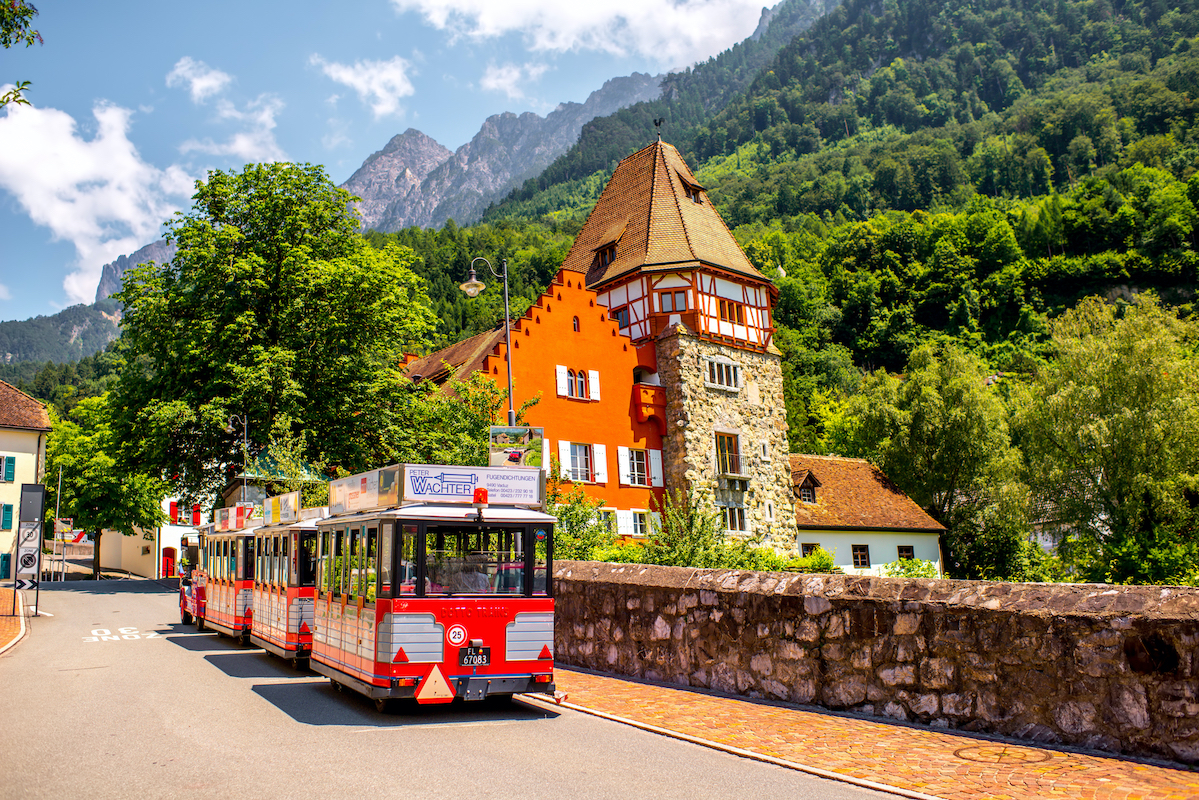
Vaduz, Lichtenstein
A city with an incredibly small population and a stunning landscape, Vaduz welcomes cycling tourists from all over the world. Its proximity to Germany means that there are many cycling routes connecting Vaduz with other German cities.
Covering majestic mountain routes, lakes, and meadows, Vaduz is ideal for all types of leisure and adventure biking. One of the most popular routes is the Five castle tour, which starts at the city centre and goes past Vaduz Castle, Werdenberg Castle, Wartau Castle, Sargans Castle, and Burg Guttenberg Castle, and ends back in Vaduz.
In fact, the capital of Liechtenstein ranks the highest in terms of mapped cycleways, a total of 458,957.1 per 100,000 people. Make sure you bring along your mountain bike helmet because the trails can be quite bumpy.
Vaduz is second in terms of air pollution, exhibiting only a 6.47 air pollution index. The number of cycle routes is also impressive, a total of 2828.55 per 100,000 people, which attests to the city’s well-developed cycling infrastructure.
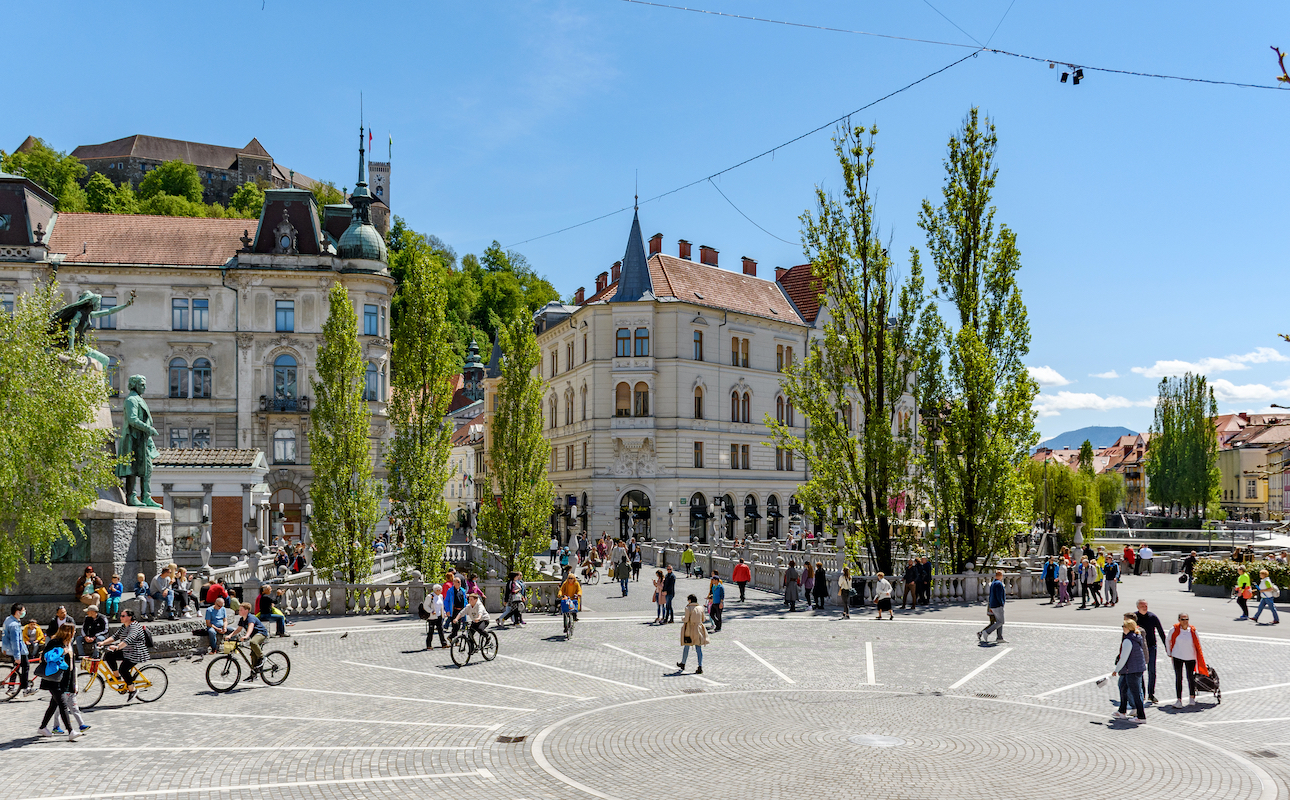
Ljubljana, Slovenia
Covered by forests and flat roads, Ljubljana is one of the most bike-friendly cities for cyclists, according to a 2015 list. It was ranked fourteenth on the Copenhagenize Bicycle Friendly Cities Index 2019. Now, it’s named as the third most accommodating European capital for cyclists.
So what makes Ljubljana such a paradise for bicycle riders? First of all, the Slovenian capital has the highest number of cycle routes, a total of 3,566.6 per 100,000 people. In the past decade, Ljubljana has implemented a number of modern ideas to boost its infrastructure.
The locals are also quite keen on cycling. Slovenian Tadej Pogačar recently won his second Tour de France in a row, and Primož Roglič has won the last three Vuela a España.
Ljubljana is also performing relatively well on the air pollution index, a total of 20.75. The city was named “European Green Capital 2016” due to its continuous efforts to preserve and protect the green areas, manage waste, and focus on public networks and pedestrian and cycling networks. The title has influenced the cycling community, the proportion of cyclist has increased, and the cycling infrastructure has expanded.
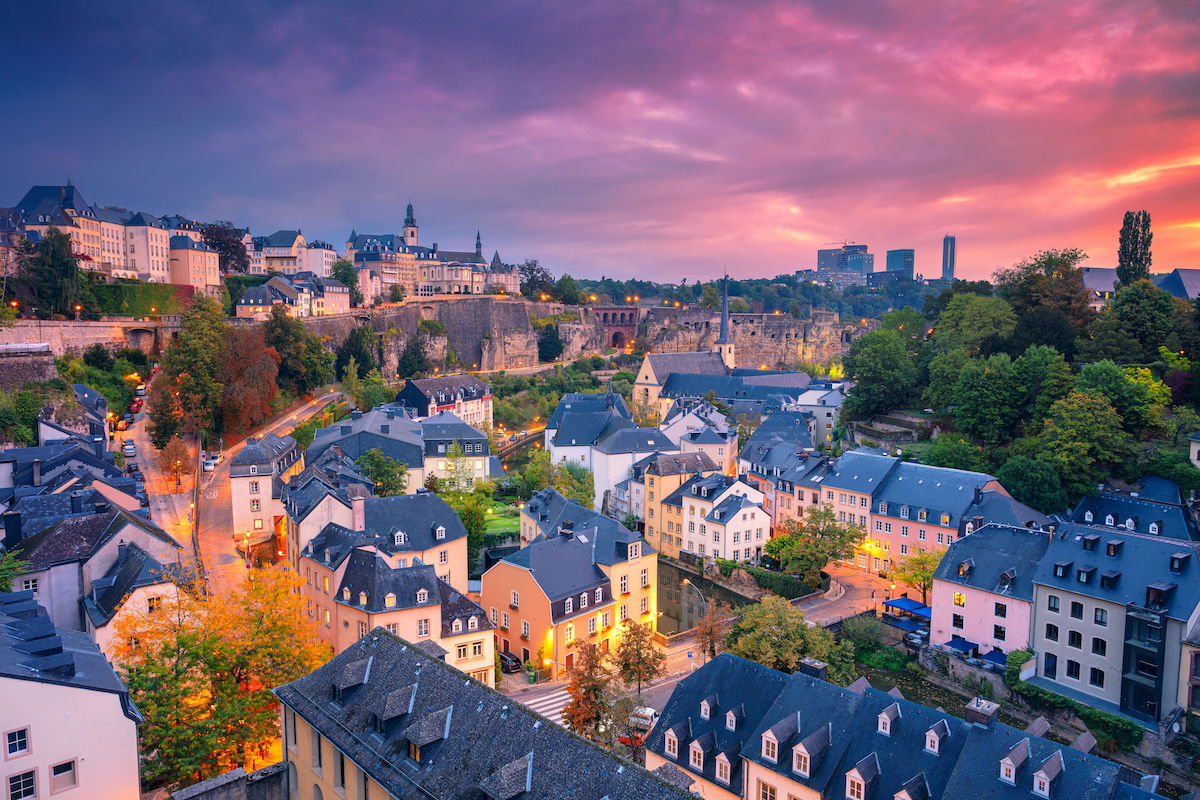
Luxembourg City, Luxembourg
In 2019 Luxembourg City, the capital of Luxembourg, was voted the world’s second-best city to ride a bike after Amsterdam, according to the Dutch moving platform ScanMovers. That’s because “there is a very strong political will in the city to make it even better for bikes”.
Luxembourg City has 2,590.56 cycle routes per 100,000 people, 228,976.48 mapped ways per 100,000 people, and 158.98 bike share bicycles available per 100,000 people. The country is also home to five Tour de France winners since 1909.
The capital of Luxembourg is famous for its organised bike tours that wind through breathtaking views and acres of forest, all part of the country’s national network of cycling paths. The government’s efforts to support cycling as both a tourist venture and a recreational activity are shown in the continuous improvements of the cycling infrastructure.
One such implementation is the Unesco-Bike-Tour, which is organised in partnership with UNESCO. It takes cyclists on a 9.5-kilometre-long route across 80 heritage sites.
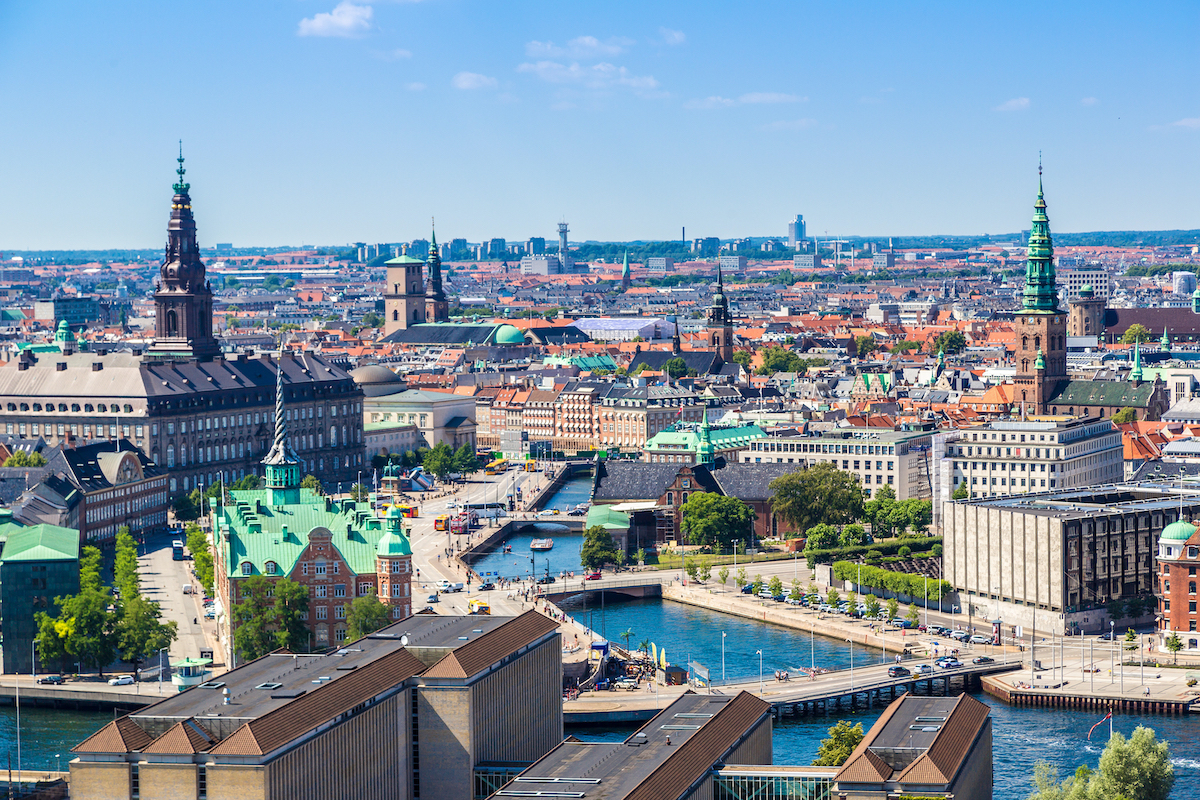
Copenhagen, Denmark
49% of all trips to work and education in Copenhagen were done on bikes in 2018, which is an 8% increase from 2016. By 2025, Copenhagen has set a goal of 50%, which will be easily achieved.
Indeed, the city is incredibly accommodating for cyclists. There is a network of paths that includes innovative bridges that form cycling superhighways across the city. Copenhagen is also the first city to implement a parking facility for Cargo bikes in 2009, called the Pink car.
The category in which Copenhagen is winning the most is bike share services. There are 169.17 bike share stations per 100,000 people, putting it just behind Bern at 174.30. The most popular bike share system in the city is Bycyklen (The City Bike). It’s become eponymous with Copenhagen, and in 1997, the capital of Denmark gifted a specially designed city bike called City Bike One to then-American president Bill Clinton during his visit.







